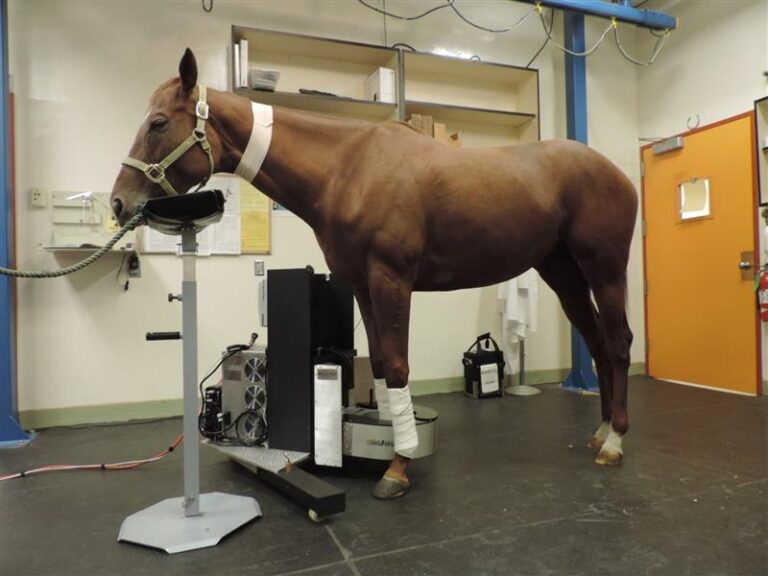
In order for a follicle to ovulate, a series of events must occur in concert with each other to initiate breakdown of the follicle wall to release the oocyte. This process involves an inflammatory event accompanied by synthesis of cytokines, prostaglandins and cortisol within the ovulatory follicle. The use of non-steroidal anti-prostaglandin drugs (NSAIDs), and specifically intravenous flunixin meglumine at high doses, has been shown in previous studies to block ovulation.
This spurred researchers to investigate if therapeutic doses of phenylbutazone would similarly affect ovulation [Larentis, G.R.; Bastos, H.B.A.; Camozzato, G.O.; Mattos, R.C. Do Therapeutic Doses of Phenilbutazone Affect Ovulation Processes in Mares? Journal of Equine Veterinary Science 2018, vol 66, pp. 150-151].
During the breeding season in Brazil, the investigators used 10 mares with confirmed healthy reproductive tracts. Upon estrus, each mare underwent four treatments on consecutive cycles.
- The first cycle of all 10 mares served as a control.
- Treatments began on following cycles when a follicle >35 mm was present along with uterine Grade 2-3 endometrial edema. Each cycle the mares received deslorelin and varying dosages of phenylbutazone (PBZ).
- The second cycle, the mares were given 4.4mg/kg phenylbutazone IV at the time of deslorelin administration.
- The third cycle, the mares received 4.4 mg/kg PBZ at same time as deslorelin and then 24 hours later.
- The fourth cycle, the mares were administered 4.4 mg/kg PBZ at detection of a <30 mm follicle, and this dose was administered daily. When the follicle grew to 35 mm and endometrial edema was Grade 2-3, the mares received deslorelin. Daily PBZ doses continued up to five days following deslorelin or until ovulation occurred.
Over all these cycles (40 of them), 97.5% ovulated. The study concluded: “The use of PBZ in therapeutic doses was not able to interrupt the ovulation process in healthy mares.” However, there was a 15-hour or more delay in ovulation compared to ovulation timing of the first cycle that served as a control for all the mares.







